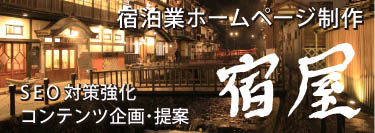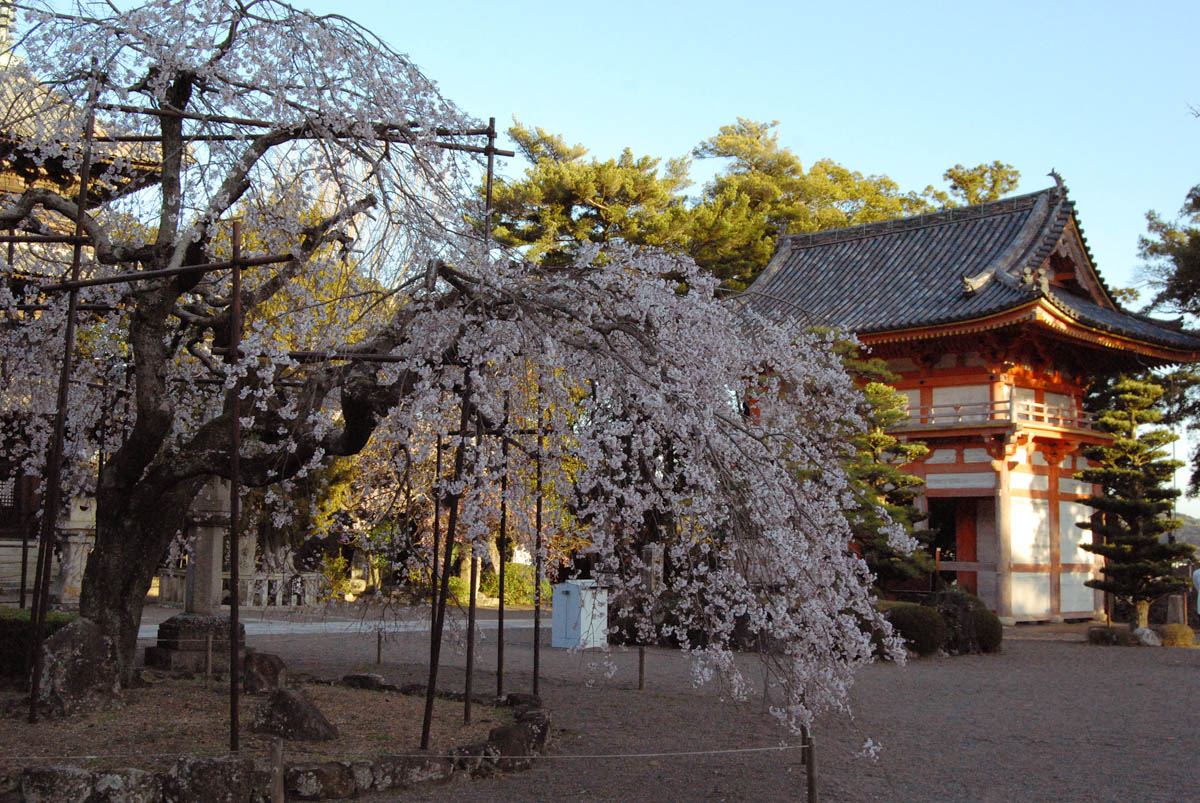Sakai, a city of World Heritage Sites
[ancient]
Mozu Tomb Group, designated a World Heritage Site
(The Japanese Emperor System is a traditional royal family that has continued through male lineage since around 711 BC to the present day.)
The manufacturing techniques for iron tools such as hoes used in the construction of large ancient tombs were used to manufacture knives in the Middle Ages, and have been passed down to the present day.
Emperor Nintoku's Mausoleum
Sakai is home to many imperial tombs, including the Mozu Tomb Group. Among them, the tomb of Emperor Nintoku is larger than a biramite and is the largest tomb in the world. The tombs in this area, including the tomb of Emperor Nintoku, are also designated as World Heritage Sites. The JR Hanwa Line runs along the east side, and the area is the distance between Mikunigaoka Station and Mozu Station.
Emperor Richu's Tomb
Located south of the tomb of Emperor Nintoku, this is the third largest ancient tomb in Japan. It is said to have been built between the end of the 4th century and the beginning of the 2nd century. The nearest station is Uenoshiba Station on the JR Hanwa Line.
Emperor Hanzei Mausoleum (Tadeiyama Tomb)
The Tadeiyama Tomb is located to the east of Nankai Electric Railway Sakai-Higashi Station in the center of present-day Sakai City. There are various theories about who was buried there, but documents from the Edo period record it as the tomb of Emperor Hanzei.
[middle ages]
Sakai flourished as a trading city and free city. It was here that Sakai's unique knife manufacturing techniques were born.
Cutlery | Sakai, a city of World Heritage Sites
Even today, most professional chefs in Japan use Sakai knives. Sakai knives have a history of around 600 years, dating back to the 16th century when tobacco was introduced from Portugal. The techniques used to make tobacco knives to chop tobacco leaves were honed and applied to the manufacturing of various knives, scissors, and other products. Sakai knives are called forged knives, and are made by craftsmen who heat and hammer out steel by hand. They are currently designated as "traditional crafts" by the Japanese government and the Minister of Economy, Trade and Industry.
Sightseeing spots around | Sakai, a city of World Heritage Sites
Emperor Nintoku's Tomb: It is a large ancient tomb ruin, and its shape and size are difficult to judge unless you are from an airplane, but it can be viewed from the rooftop of the Mikunigaoka Station Building and the Sakai City Hall Observation Deck. The ruins are surrounded by a moat, but there is a prayer hall and the Mozu Kofun Group Visitor Center on the south side (JR Hanwa Line Mozu Station side).
Daisen Park: A large park located just south of the tomb of Emperor Nintoku, it is home to the teahouses "Shin'an" and "Oubai-an," a Japanese garden where you can enjoy the colors of the four seasons, and the Sakai City Museum. The nearest station is Mozu Station on the JR Hanwa Line.
Sakai City Hall Observation Floor: The top floor of the city hall, 80 meters above ground, offers views of the Emperor Nintoku's tomb, the Izumi Mountains, Aheno Harukas in Osaka city, Tsutenkaku, Sakai Port, Awaji Island, and Kansai Airport. Opening hours are 9:00-21:00, so you can also enjoy the night view. The nearest station is Nankai Sakai Higashi Station.
Rikyu no Mori: An exhibition facility related to Sakai, tea master Sen no Rikyu and poet Yosano Akiko. You can also experience tea ceremony. The remains of Sen no Rikyu's residence are nearby and can be visited. The nearest station is Hankai Electric Railway's Shukuin Station. If you take the shuttle bus from Nankai Sakai Higashi Station or Sakai Station, get off at the Oshoji bus stop.
Sakai Denshokan [folklore hall]: This museum displays the traditional industries of Sakai, such as knives, incense sticks, Japanese bleached clothes, carp streamers, and Japanese sweets. The knives on display are particularly impressive, with a large number of types and historical shapes. There is also a sales corner. The nearest station is Myokokuji-mae Station on the Hankai Electric Railway.
Gunsmith House: A gunsmith's residence and workshop in a streetscape that retains the atmosphere of the 17th century. The nearest stations are Takasu Jinja Station on the Hankai Line and Shichido Station on the Nankai Line.







Emperor Nintoku's Tomb